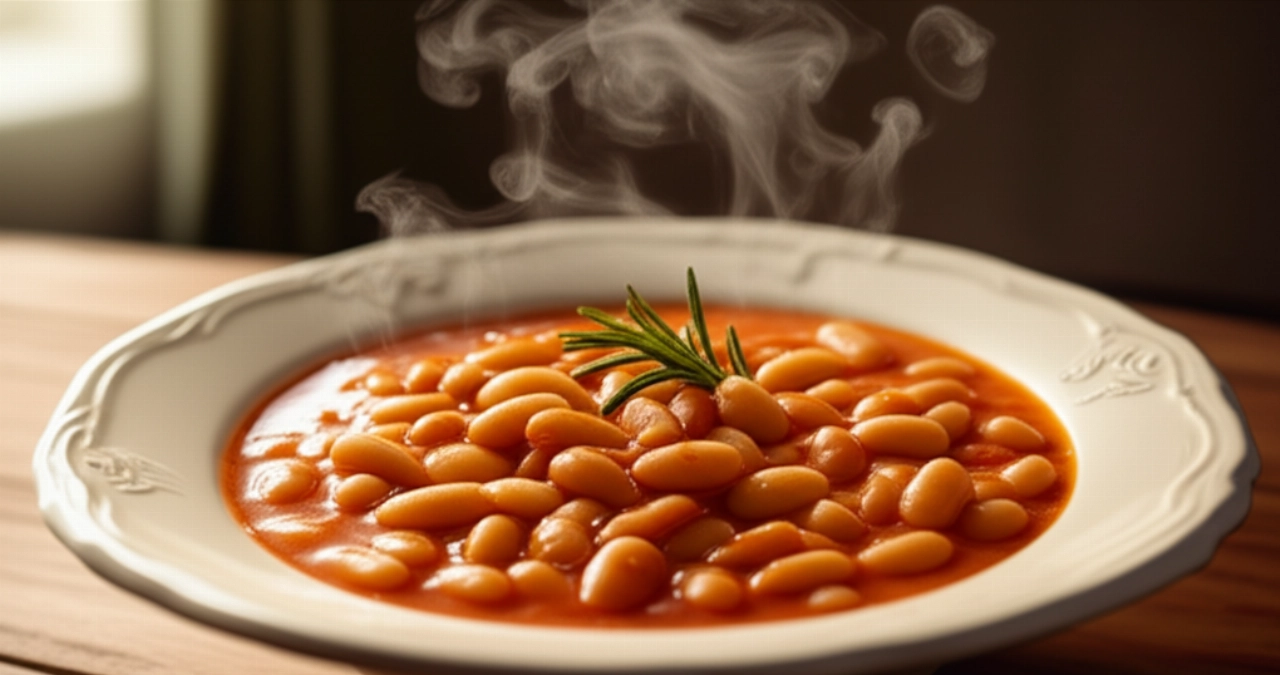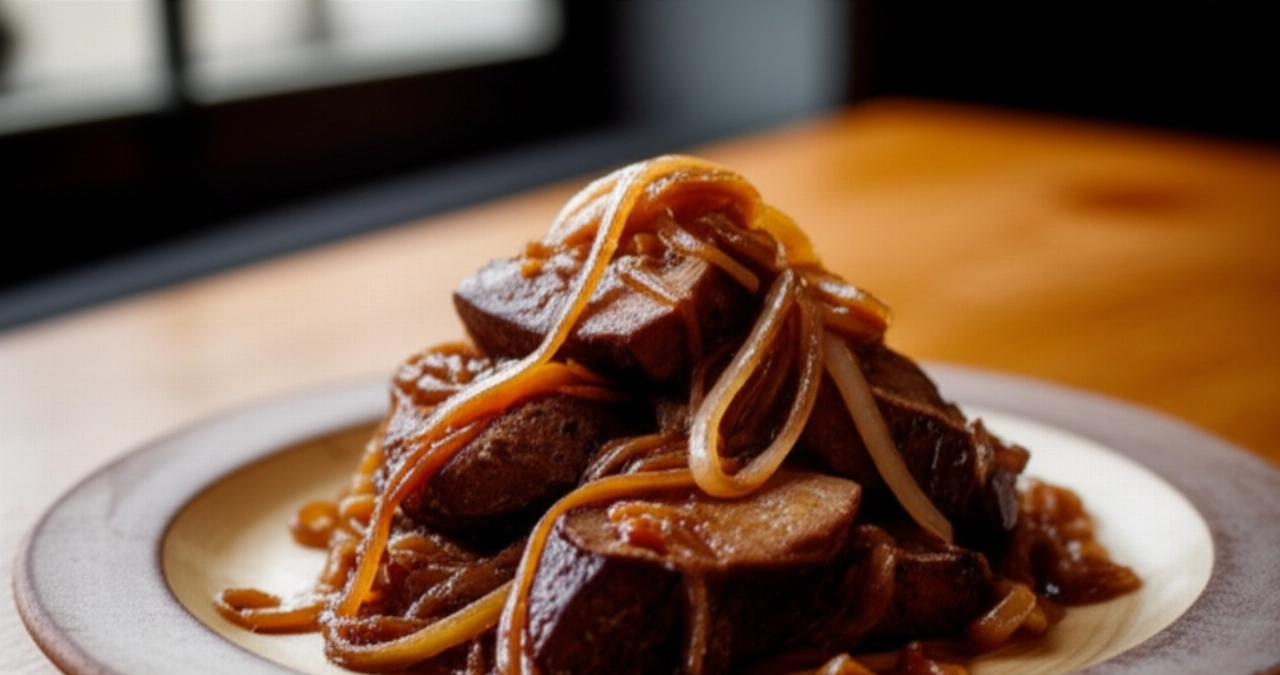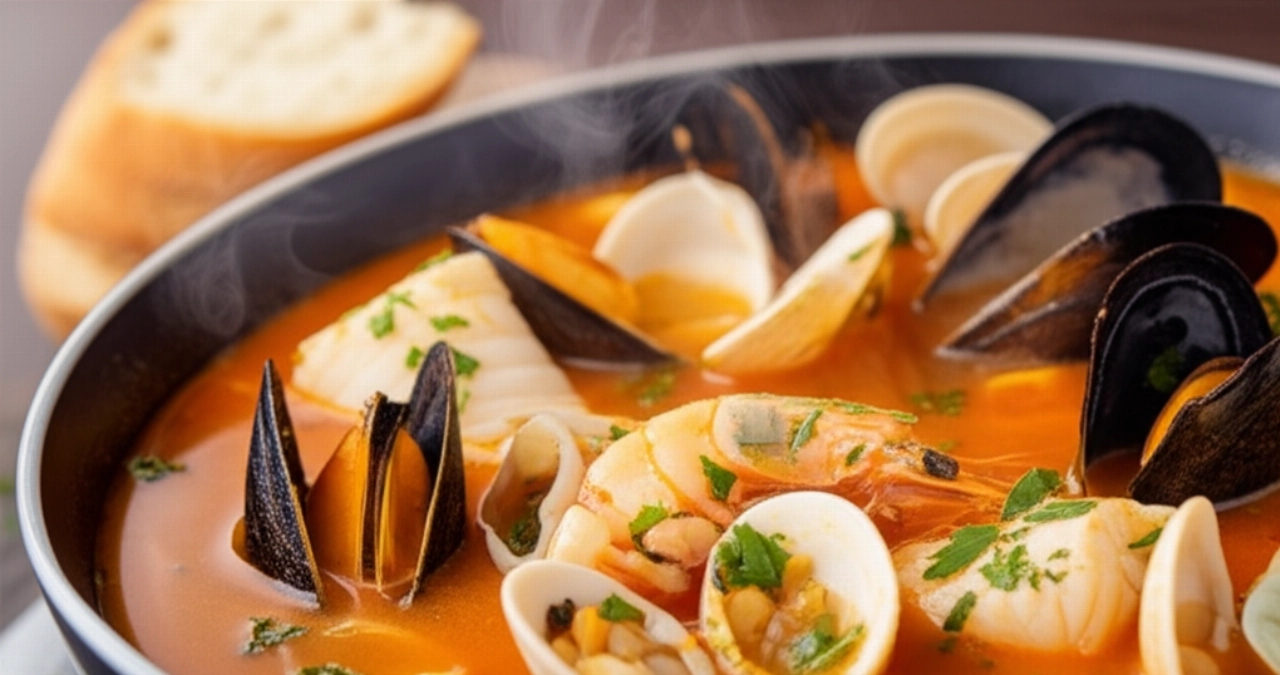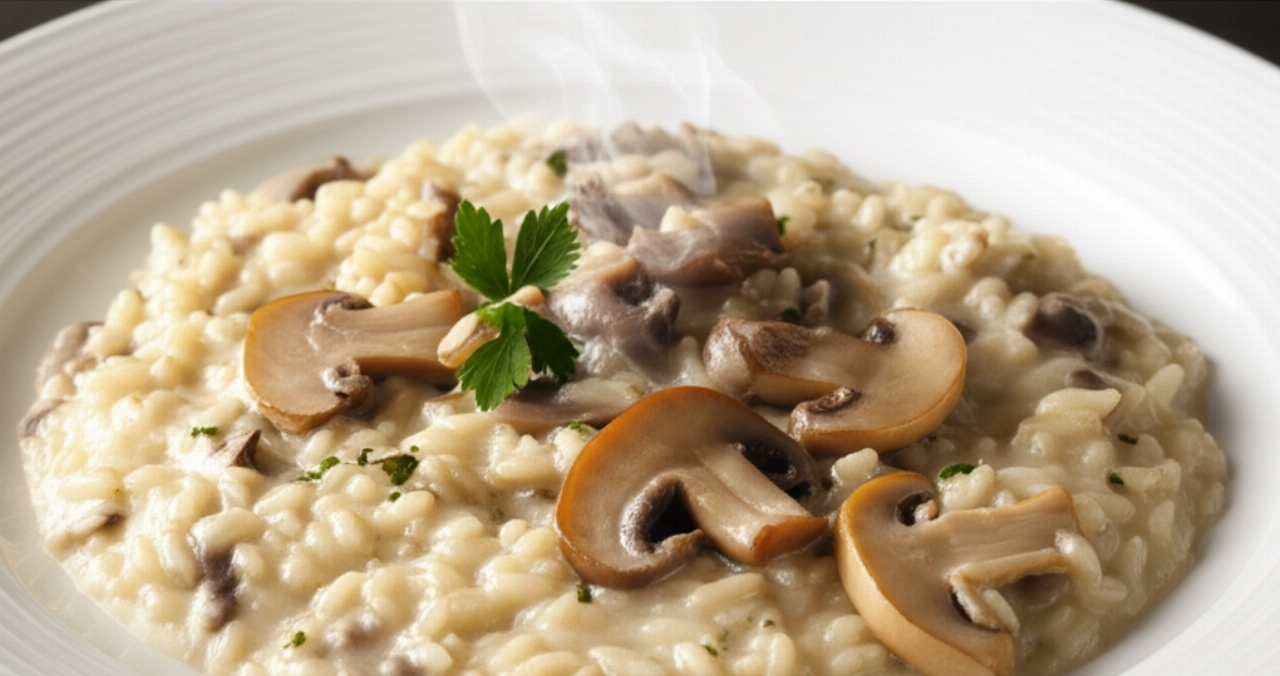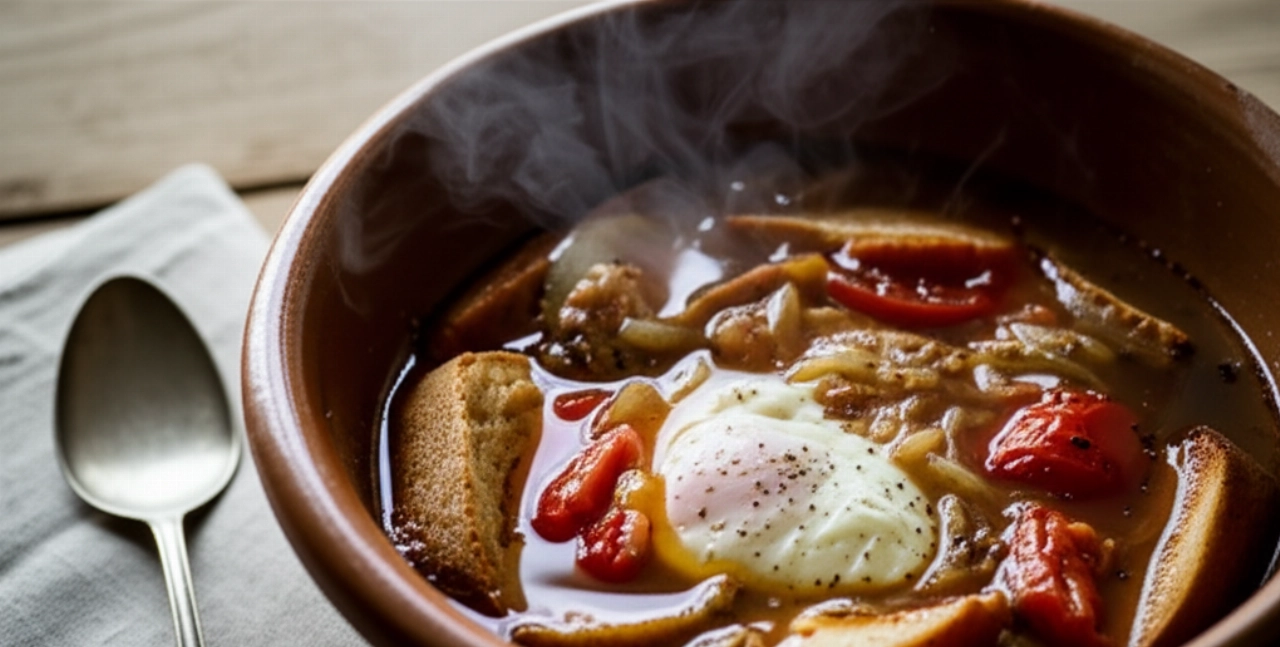There's a dish that, more than any other, tastes of spring, tradition, and that refined simplicity that only Venetian cuisine can offer: Risi e Bisi.
But how many times have you tried to make them and the result wasn't quite what you hoped for? Too soupy, too dry, mushy peas or overcooked rice? Finding the perfect balance, that consistency halfway between a risotto and a soup, seems like an impossible mission.
Make yourself comfortable. Here at Search Recipes, your trusted kitchen, we won't just give you a simple list of ingredients. We'll reveal all the secrets, grandma's tricks, and chef's tips to prepare the most authentic and irresistible Risi e Bisi you've ever tasted. Success is guaranteed, and the aroma that will fill your kitchen will make you feel right at home.
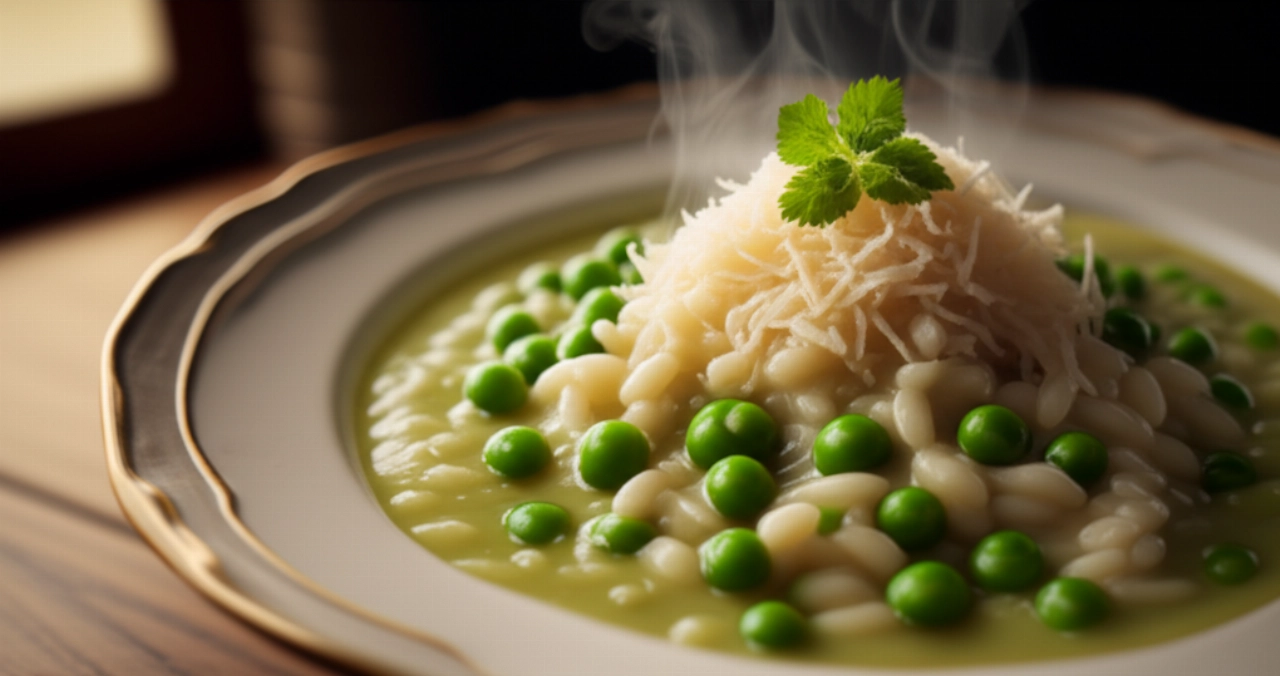
Ingredients for Perfect Risi e Bisi: The Choice That Makes the Difference
For a dish that makes you say "wow", the quality of the ingredients is the first, fundamental step. It's not just about quantity, but why we choose these specific ones:
- Vialone Nano Rice: It's the undisputed king for Risi e Bisi. Its ability to absorb liquids without overcooking and to release starch for creaminess is unparalleled. Do not use Arborio or Carnaroli, which are more suitable for "all'onda" risottos.
- Fresh Peas (or Quality Frozen): If it's in season, fresh peas are a dream. Shell them yourself, you'll feel the difference! Out of season, choose very fine, high-quality frozen peas. Avoid canned ones, they would ruin everything.
- Sweet Pancetta (or Prosciutto Crudo): A small touch of savoriness and fat that melts, giving an unmistakable aroma. If you prefer, you can use diced sweet prosciutto crudo.
- White Onion: Sweet and delicate, it's the base of the soffritto. Don't overdo it, it should only add fragrance, not dominate.
- Light Vegetable Broth: Homemade is always the best choice. It must be delicate so as not to overpower the taste of the peas. Here you'll find our recipe for a perfect broth.
- Butter and Parmigiano Reggiano DOP: For the final "mantecatura" (creaming). Butter adds shine and richness, Parmigiano that irresistible savoriness and creaminess. Don't skimp on quality!
- Extra Virgin Olive Oil: For the soffritto, a good oil makes all the difference.
- Salt and Black Pepper: Just enough to enhance the flavors.
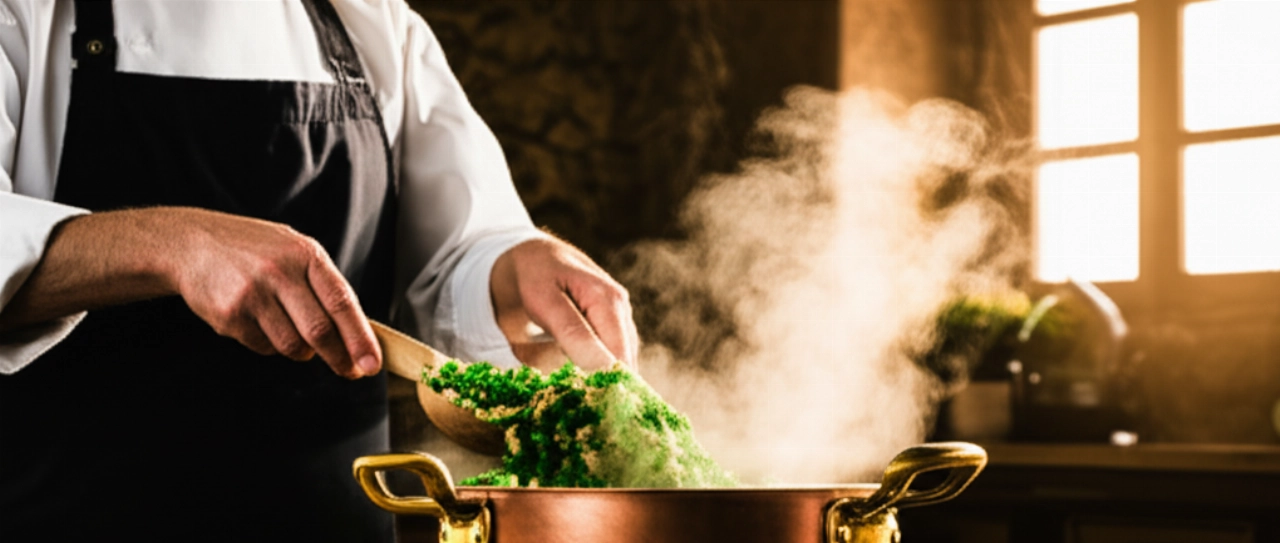
3 Common Mistakes in Risi e Bisi (and How to Avoid Them)
Even the most experienced cooks can fall into these traps. But with my tips, you'll certainly avoid them!
- Too Much Broth or Wrong Broth: Risi e Bisi is not a soup. The consistency should be "all'onda" (wavy), creamy but not liquid. Add the broth one ladle at a time, and make sure it's hot. Broth that's too flavorful or too cold spoils the cooking and the taste.
- Poorly Cooked Peas: If using fresh peas, cook them separately for a few minutes in salted boiling water, then drain them and add them to the rice almost at the end of cooking. If they are frozen, you can add them directly to the soffritto or shortly after, but don't overcook them; they should remain tender but not mushy.
- Hasty or Absent Mantecatura: Mantecatura is the magical moment! Off the heat, with cold butter and Parmigiano, stir vigorously to incorporate air and create that enveloping creaminess. Do not skip this step, it's what makes the dish irresistible.

The Extra Touch: The Advice My Venetian Grandmother Passed Down to Me
My grandmother, a true master of Venetian cuisine, always told me: "Remember, dear, Risi e Bisi requires patience and love, but most importantly... broth from the pea pods!"
When you shell fresh peas, don't throw away the pods! Wash them well, put them in a pot with a little water, a piece of onion, and a pinch of salt. Boil for about 15-20 minutes, then strain everything. You'll get a very light and incredibly fragrant pea broth, which you'll use to cook the rice. This small gesture adds a depth of flavor that will truly make you feel like you're in Veneto. It's a secret few know, but it makes a huge difference!
Let's Prepare Risi e Bisi Together: The Step-by-Step Guide
Now that we have all the secrets, let's get cooking! Follow each step carefully, and success will be guaranteed.
- Prepare the Soffritto: In a heavy-bottomed saucepan, melt a knob of butter with a drizzle of extra virgin olive oil. Add the finely chopped white onion and diced pancetta (or prosciutto). Sauté over low heat until the onion is transparent and the pancetta is crispy. Don't burn anything!
- Add the Peas: If using fresh peas, after blanching them for 2-3 minutes, add them to the soffritto. If using frozen ones, you can add them directly here. Sauté for a couple of minutes, stirring gently.
- Toast the Rice: Pour the Vialone Nano rice into the saucepan and toast it for a minute or two, stirring continuously. It should become almost transparent, without taking on color. This step is crucial to prevent the rice from overcooking.
- Begin Cooking: Add a ladle of hot vegetable broth (or pea pod broth!) and stir. Continue adding the broth, one ladle at a time, as it is absorbed by the rice. Stir often, but not continuously as you would for a risotto. The rice should cook slowly, absorbing the flavors.
- Check Consistency: Risi e Bisi should be soft and creamy, but not soupy. At the end of cooking (about 15-18 minutes, depending on the rice), the rice should be al dente and the peas tender. If necessary, add the last ladle of broth and turn off the heat.
- Final Mantecatura: Remove the saucepan from the heat. Add a generous knob of cold butter in pieces and plenty of grated Parmigiano Reggiano. Stir vigorously for a minute, mixing with a wooden spoon or spatula. This will create that irresistible creaminess.
- Rest and Serve: Cover the saucepan with a lid and let the Risi e Bisi rest for a couple of minutes. This allows the flavors to meld and the creaminess to stabilize. Serve immediately, perhaps with an extra sprinkle of Parmigiano and a grind of fresh black pepper.
Tips and Frequently Asked Questions about Risi e Bisi
Here are some of the most common questions I get asked about this wonderful dish:
Can I only use frozen peas?
Absolutely yes! Choose high-quality frozen peas, preferably "finissimi" (very fine). Do not thaw them beforehand; add them directly to the soffritto or shortly after, as indicated in the recipe. The result will still be excellent.
Which rice is best if I can't find Vialone Nano?
Vialone Nano is ideal. If you really can't find it, you can opt for Carnaroli, but pay attention to the cooking: it tends to remain more al dente and absorb less broth. The important thing is that it's not a soup rice that overcooks easily.
Can I prepare Risi e Bisi in advance?
Risi e Bisi is best enjoyed freshly made. The rice tends to absorb liquids and lose its perfect consistency if left to rest for too long. I recommend preparing and serving them immediately to fully enjoy their creaminess and flavor.
Why are my Risi e Bisi too liquid/dry?
The key is the broth! If they are too liquid, you probably added too much broth at once. If they are too dry, you didn't add enough broth or you let them cook for too long. Remember: add the broth one ladle at a time and taste to check the cooking and consistency.
Can I add other ingredients?
The traditional recipe is simple and relies on the quality of the main ingredients. If you wish, you can add some chopped fresh parsley at the end for a touch of freshness, but avoid ingredients that might overpower the delicate flavor of the peas and rice.
There you have it! Now you don't just have a recipe, but all the secrets to bring a dish to the table that tastes of home, tradition, and love. A true Venetian hug in every spoonful.
Don't be afraid to experiment. Cooking is an act of creativity and generosity. But start with this solid and foolproof base, and you'll see that applause won't be lacking, and your guests will ask for seconds!
Have you tried our Risi e Bisi recipe? We're very curious to see your masterpiece! Leave a comment below, tell us how it went, or share a photo on Instagram by tagging @CercaRicette.it. If you loved this unique dish, you can't miss our recipe for a classic first course like Original Lasagne Bolognese or a perfect side dish like Creamy Mashed Potatoes.
